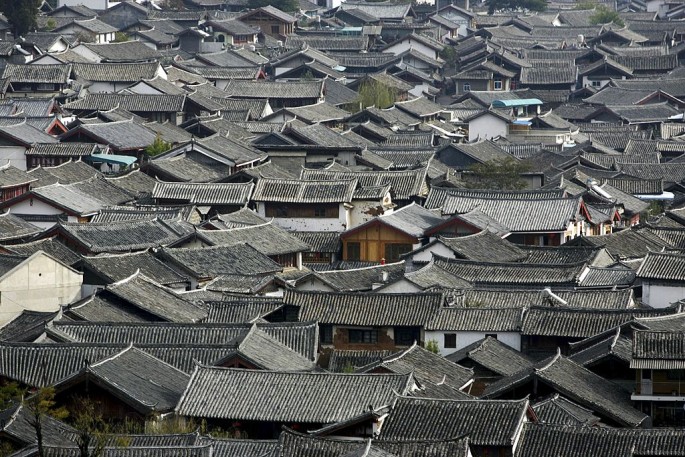Some of UNESCO's World Heritage Sites are encountering major challenges brought about by fame and tourism, China Daily reported.
Among these sites are Peru's Machu Picchu, France's Mont Saint-Michel, and China's very own Lijiang in Yunnan Province.
Cited by the UNESCO as the "lost city of the Incas," the Machu Picchu in Peru attracts almost 2,500 visitors each day. Officials worry that the massive influx of daily tourists can tip the attraction's carrying capacity to dangerous levels.
Other issues the Machu Picchu face include poor waste management, logging and agricultural incursion. So far, this 15th-century retreat in the Peruvian Andes hasn't been included in UNESCO's list of sites in danger.
Experts, however, are lobbying for its inclusion due to alarming levels of vehicle fumes and the tread of footsteps, which can trigger a small-scale earthquake in the area.
Tourism is another factor that greatly affects the existence and revenue of Mont Saint-Michel, a major pilgrimage destination in France. It only has a resident population of around 50, but numbers swell to 2.8 million due to tourists visiting the site each year.
According to the Smithsonian Magazine, Mont Saint-Michel is often packed, with its streets crowded with tourists "who shoulder to shoulder, four to five thick, mill about like subway commuters at rush hour along the main street, which is nonstop cafes, hotels, restaurants and shops, selling every kind of souvenir imaginable."
China's 800-year-old Lijiang town in Yunnan Province is not impervious to threats as this World Heritage Site is one of the top domestic tourist destinations. Tension between locals and enterprising outsiders who have moved in is evident, with residents feeling like they were "losing their town."
According to China Daily, up to 90 percent of the old quarter was already inhabited by newcomers in the early 2000s. Its designation as a heritage site in 1997 also shot it to stardom, attracting about 16 million tourists last year--a massive increase compared to its pre-UNESCO days, when it only attracted about 150,000 visitors each year.



























